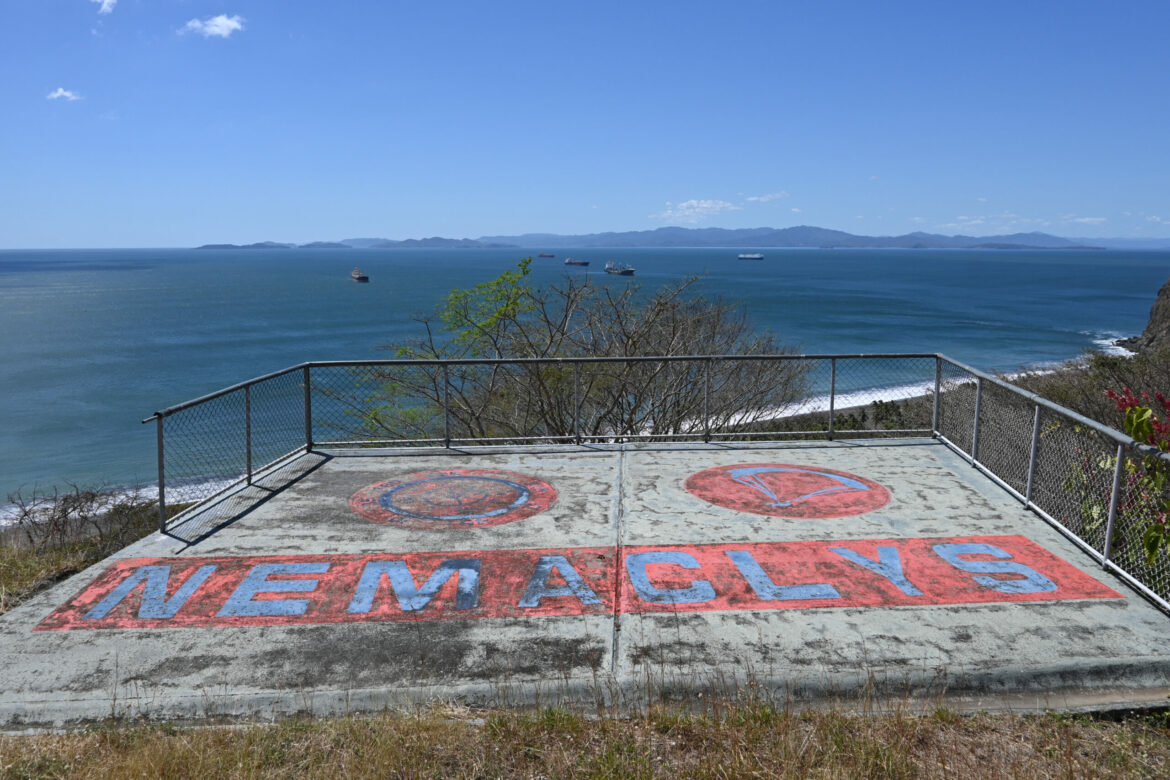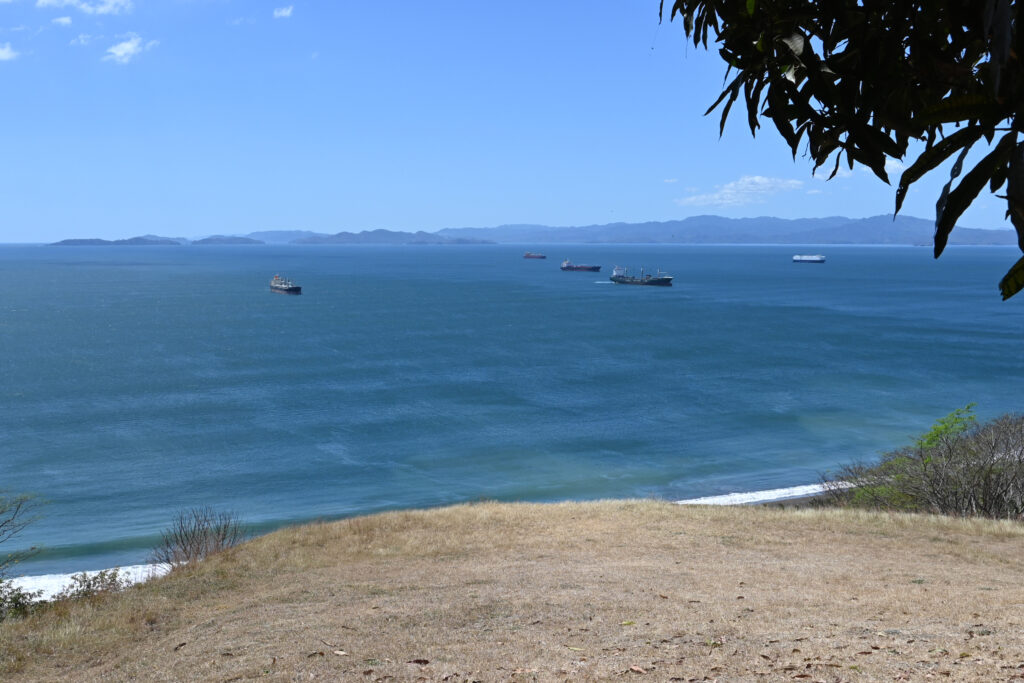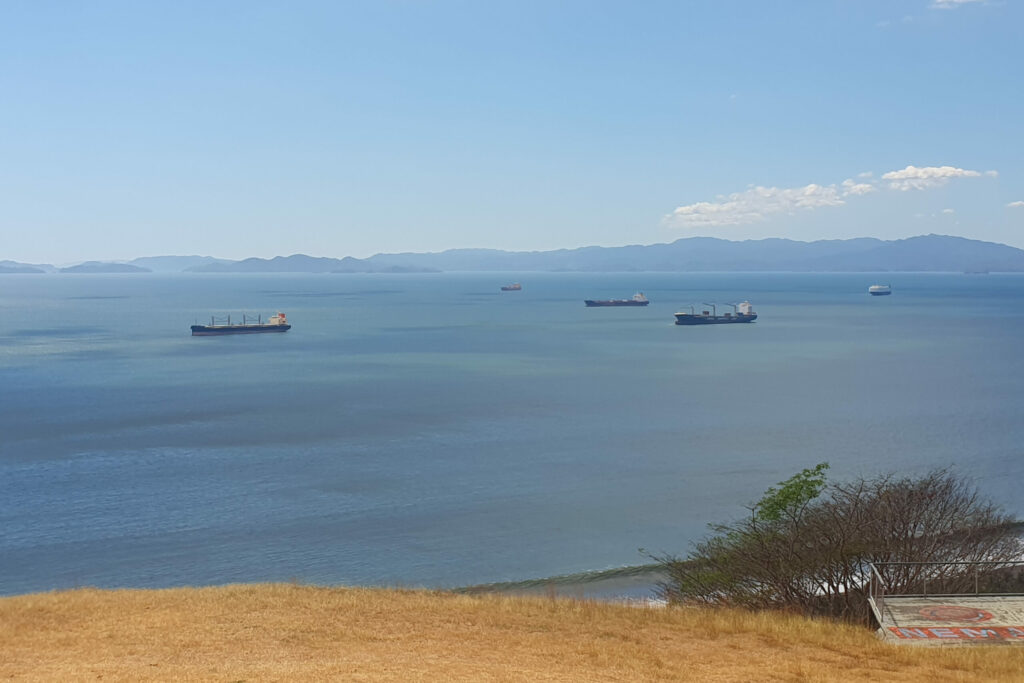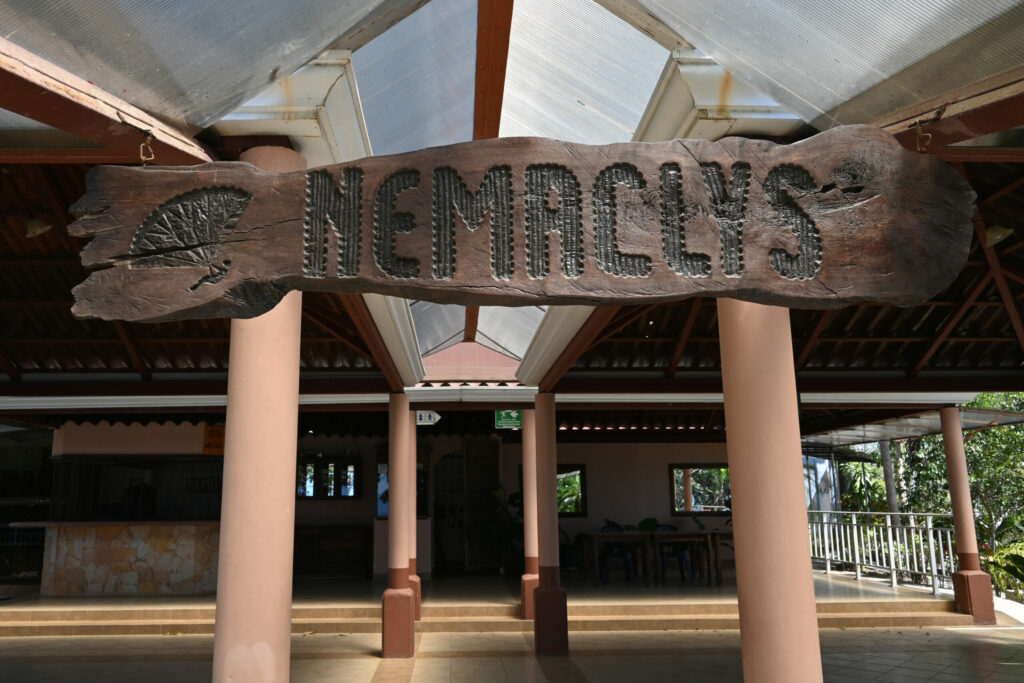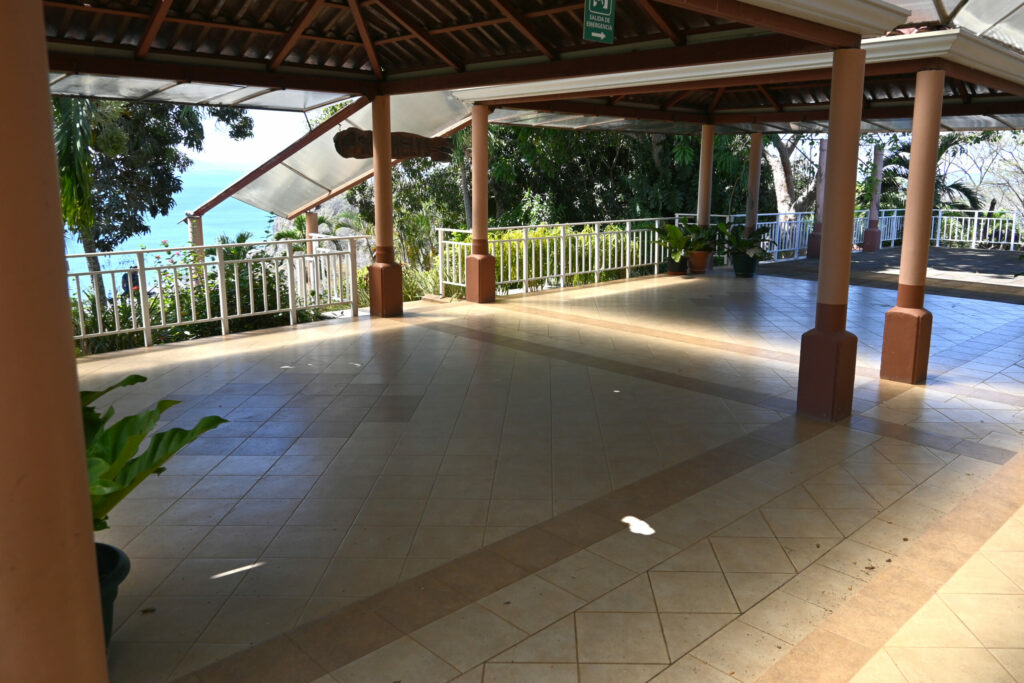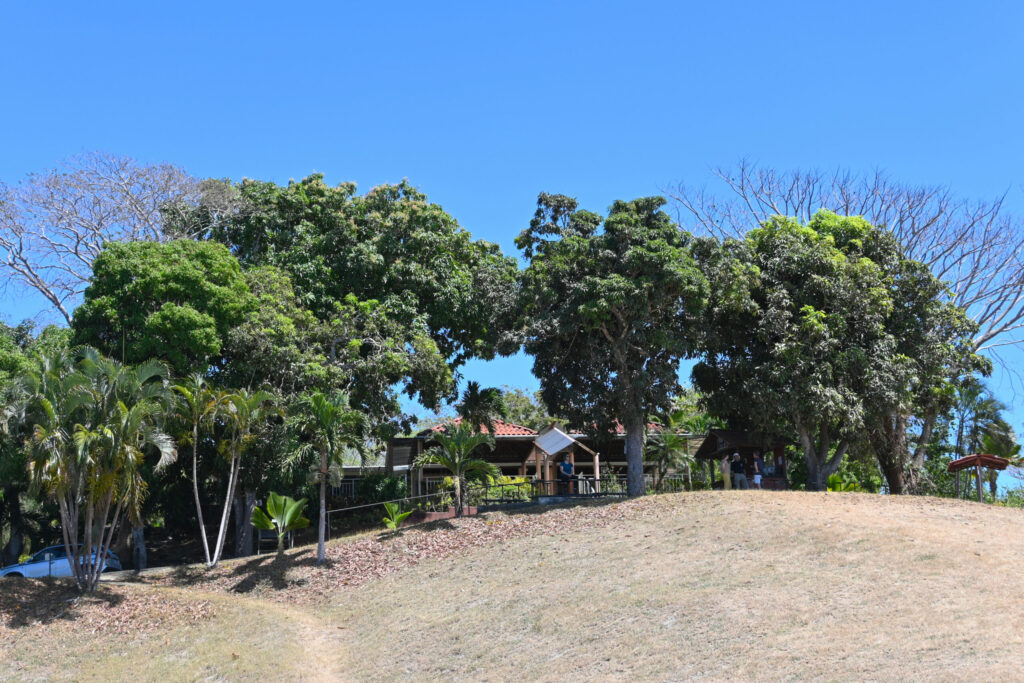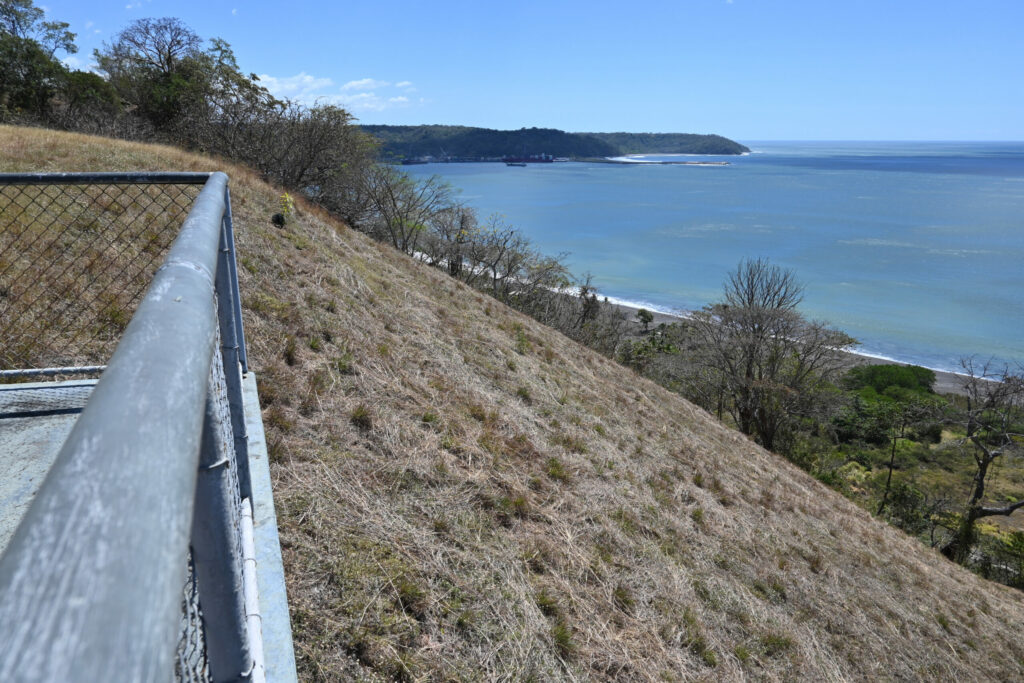As described in our blog post about Caldera, it is said to be the cradle of paragliding in Costa Rica. It features soft and playful coast-soaring conditions, a vast takeoff area, and a welcoming host. Flying is very easy-going (as long you keep an eye on the wind direction) and it’s a great spot to have fun for a few days. The only thing to mention is that Nemaclys is not as buzzing as it has been in the past (e.g. the restaurant is closed) but you might even enjoy that particular aspect.
As with all our guides, talk to the locals before getting into the air. We were only there for a limited time and can’t capture everything about a site. Also, it’s just generally good advice 🙂
Map
Takeoff
The space you have for taking off is just immense. And as long as the wind is coming straight from the sea, it is as easy as it gets. When there is a southern impact, though, it can get a bit challenging because of rotors caused by trees close by.
In the morning, the wind usually comes from the north and can take a while until the southwest breeze from the sea takes over (when it is strong it rarely doesn’t happen at all). During the day you can watch a line forming on the sea where the two winds meet. The water looks slightly different on both sides. When it is moving towards the coast and the ships laying in the bay turn towards the south you can expect the wind to change eventually. Still wait for maybe 30 minutes until the sea breeze pushed out the northern wind completely then.
Please note that the takeoff is not open at all times. It depends on the availability of Jean-Claude, the owner of the property. He usually opens up the gates on the weekend but get in touch with him via WhatsApp to check when you can fly. We were usually there around 11am but sometimes needed to wait till the afternoon before we could take off.
There were not many people around during our time in Caldera so we basically had the place for ourselves. That was also great for practicing top-landing, which this is a prime spot for.
How to get there?
There is a road going up to the takeoff that goes around the ridge. It’s an easy 30-minute walk from the beach. Or you can take the car if you got one available.
There is also a shortcut. I’ve marked the entry on the map above. After you cross some old train tracks (the tracks themselves are removed) you follow the path that goes up a few meters to the left and then go on until you pop out right below the takeoff. You can try to climb up the takeoff but it is very steep so we recommend walking up the path left of it and entering the property further up next to one of the trees (please, text Jean-Claude in advance so he knows you are coming, don’t just enter his property). The shortcut is a bit more adventurous than the road (since not used a lot anymore) but quicker.
To get to Caldera in the first place you can get a bus from Puntarenas in the north or Jacó in the south (both popular but also noisy tourist destinations).
Fees
$5 per day.
Flying & Weather
After takeoff, it’s best to turn left first. You can then soar up along the ridge as long as you like. To the south, you can fly until you reach a very green river mouth. As usual, make sure to not get pushed behind the ridge too far.
We were also able to join what was likely the convergence (wind shear) of the wind from the north and south. When this happened the first time we were a bit worried but the day after we made active use of it to go up high and do some acrobatics before joining the ridge again.
When you make some height you can jump to a lower ridge north of the beach. We haven’t done that though.
As you have read multiple times now, the converging winds are the defining weather feature of Caldera. While flying watch out for the palm trees at the beach to make sure the wind hasn’t turned north again. If it switched, land immediately. The conditions are most reliable from April until December.
Landing
Landing is quite easy as well. You can touch down all along the beach. If you want to keep your glider clean, there is a field right in front of the takeoff between the street and the beach. Just make sure not to land in the scrubs between the field and the beach.
Further information
- Our Caldera experience
- Get in touch with Jean-Claude via WhatsApp (+506 8819 3211)
- Google listing
- SkyHigh Costa Rica (German)
Our Flights
We have not recorded our soaring flights in Caldera.
